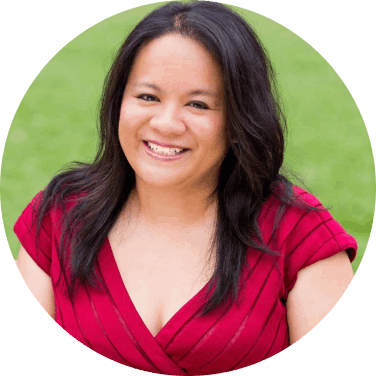COVID-19
The pandemic brought a new wave of activism and organizing. Politicians calling COVID-19 the “China virus” and “Kung Flu” (see also the Johnston & Kim memo in this report) fueled a new surge in harassment and violence against Asian Americans, who were also hard-hit by health and economic disparities.
AAPI organizations rallied to support their communities. They documented incidents, advocated for policy change, and attended to health needs. They addressed language barriers, dispelled misinformation, and countered stereotypes. National organizations such as the Association of Asian Pacific American Community Health Organization (AAPCHO) and the Asian and Pacific Islander American Health Forum (APIAHF) amplified local efforts; they invested in health education, outreach, and social services to address inequities and strengthen community resilience. Voter networks, such as the regional training program infrastructure built by APIAVote, helped mobilize community organizations to distribute personal protective equipment (PPE), information, tests, and ultimately vaccines.
One interesting case study of national-local collaboration concerns the Asian Community Development Council (ACDC) in Las Vegas. Founded in 2015 with a modest budget of $30,000, ACDC has grown into the city’s leading Asian American nonprofit, with a budget in the millions, serving tens of thousands of people. Led by Vida Chan Lin, ACDC began with a vision to address health care access, housing insecurity, workforce development, college readiness, and naturalization assistance. During the pandemic, ACDC expanded its services to include food banks and vaccination sites. From its inception, in partnership with APIAVote, ACDC integrated voter registration and civic engagement into the mission of the organization, registering 20,000 voters. This elevated ACDC’s profile and opened doors to expanding its core services.
Also during this period, groups like Stop AAPI Hate meticulously gathered data, gaining national attention, which ultimately led lawmakers like Representative Grace Meng and Senator Mazie Hirono to champion the passage of the COVID- 19 Hate Crimes Act. The creation of the Alliance for Asian American Justice provided a national network of pro bono legal support to victims of hate crimes. California, under the leadership of Assemblymember Phil Ting, allocated $14 million to bolster efforts against such incidents, distributing resources to over 80 organizations.
Advocacy groups decided that part of the problem was gaps in school education. Learning from those who raised awareness of the internment camps, groups—including APIAVote—pushed for legislation to incorporate multicultural and Asian American history into K-12 curriculums. This effort resulted in significant achievements: Today, 12 states have statutes that require an AAPI studies curriculum.
The pandemic was another clarifying moment in the history of Asian and Pacific Islander Americans: It highlighted the interconnectedness of health equity, economic justice, and civil rights. With a larger and more engaged AAPI population, more AAPI elected officials, and greater representation in the media, the strategies employed mirrored those of the 1980s and 2000s, but with significantly more resources, allies, and visibility.
All this resulted in a record 60% turnout of AAPI voters in the 2020 election.

